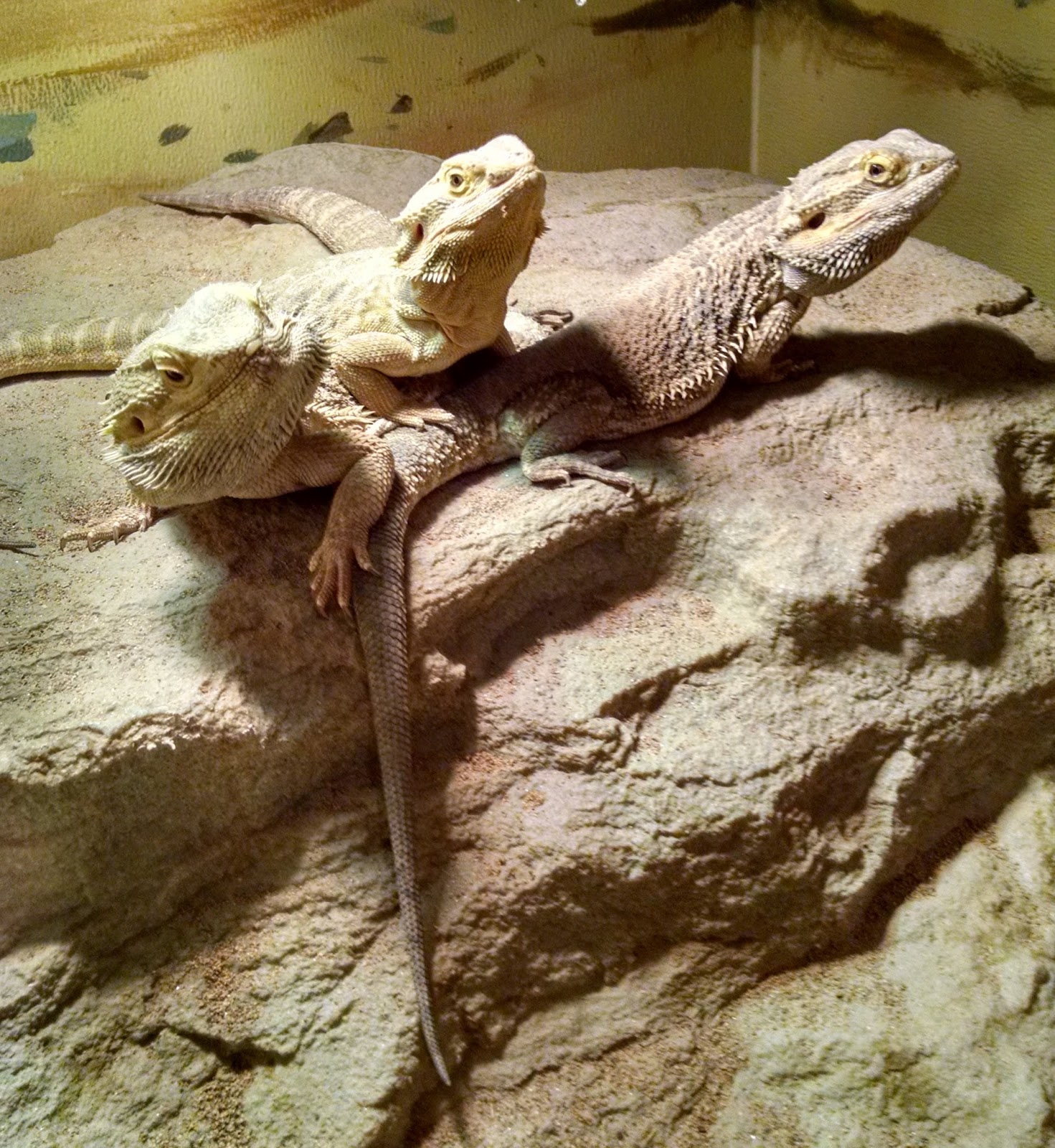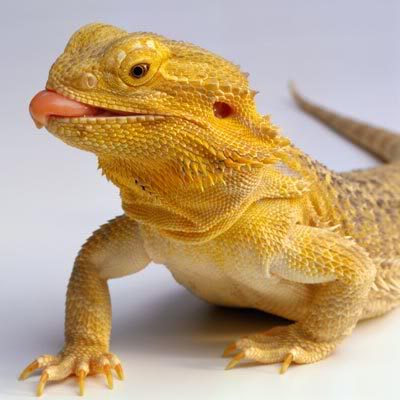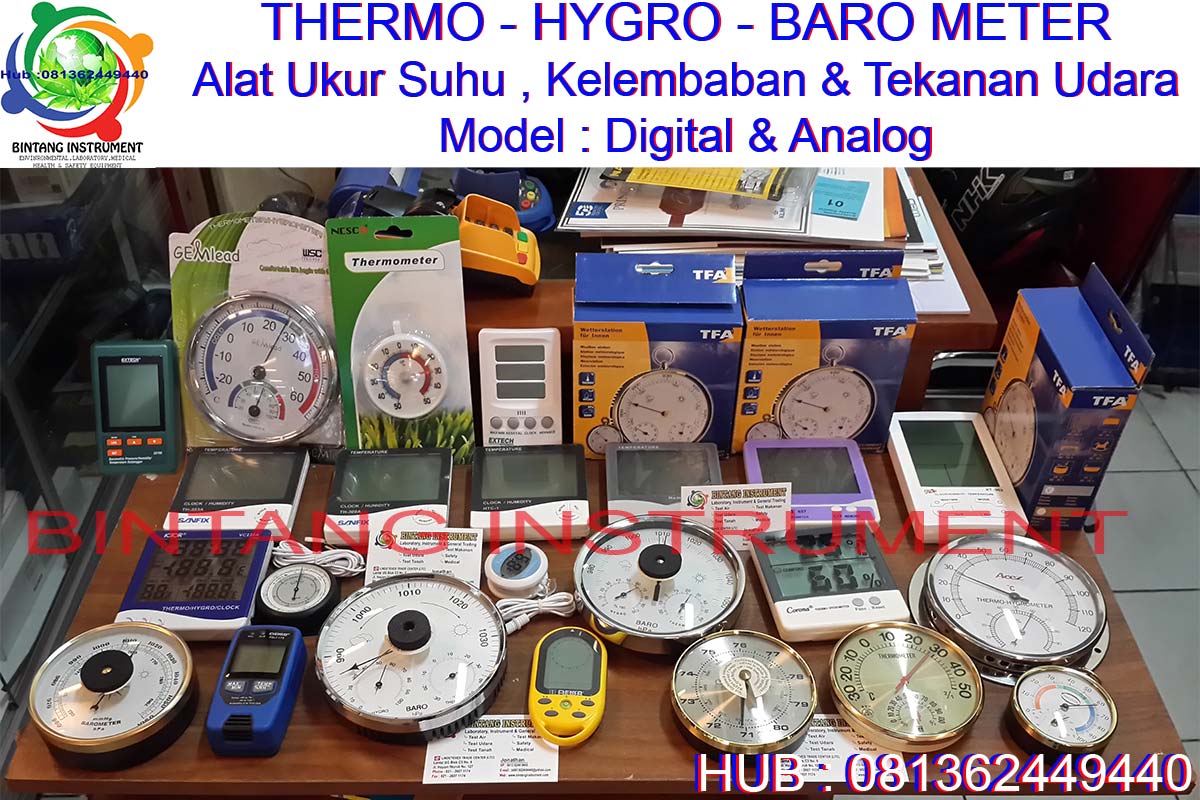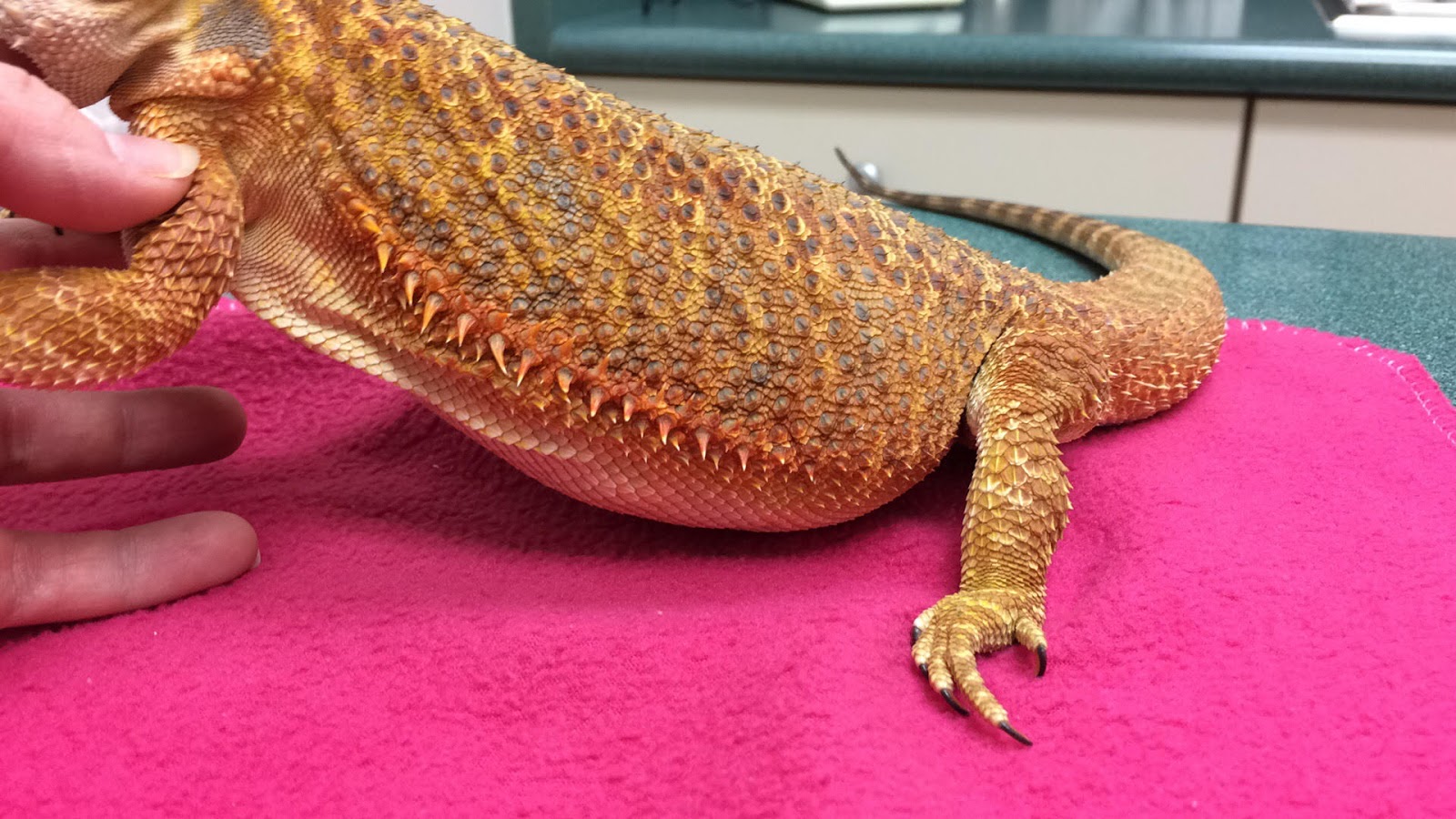The Ultimate Guide to Understanding the Taxonomy of Bearded Dragons
Bearded dragons are one of the most popular reptile pets in the world. They have a calm and friendly nature, making them ideal for beginner pet owners. However, to take good care of your bearded dragon, it’s essential to understand its taxonomy. In this blog post, we’ll explore the taxonomy of bearded dragons in detail, from its scientific name to its physical characteristics.
What Is the Scientific Name of Bearded Dragons?
Bearded dragons belong to the genus Pogona and the family Agamidae. The scientific name of the most popular species of bearded dragon is Pogona vitticeps. It’s also known as the inland bearded dragon or central bearded dragon. Other species of bearded dragons include Pogona barbata, Pogona henrylawsoni, Pogona nullarbor, Pogona microlepidota, and Pogona minor.
What Are The Physical Characteristics of Bearded Dragons?
Bearded dragons are a medium-sized lizard, growing up to 24 inches in length. They have a triangular head with a distinct beard-like structure under their chin, which inflates when threatened or during courtship. They have a broad, flat body with rough and spiky scales, giving them a unique appearance.
Bearded dragons have a wide range of colors, including brown, tan, yellow, red, orange, and sometimes blue or green. Their eyes are large and bulging, providing them with excellent vision, and their pupils are elliptical, allowing them to see well in bright light. They have sharp, curved claws and a long, muscular tail that they use for balance and defense.
What Is The Distribution Of Bearded Dragons?
Bearded dragons are native to Australia and are found in various regions, from the arid deserts of the east coast to the wooded areas of the west coast. They’re also exported worldwide as pets, making them a popular choice for reptile enthusiasts.
Conclusion
Understanding the taxonomy of bearded dragons is an essential part of owning and maintaining their health. Knowing their scientific name, physical characteristics, and distribution helps you identify the exact species of bearded dragon you own and provide them with the best care possible. We hope this blog post has been helpful and informative for you as a beginner bearded dragon owner!








